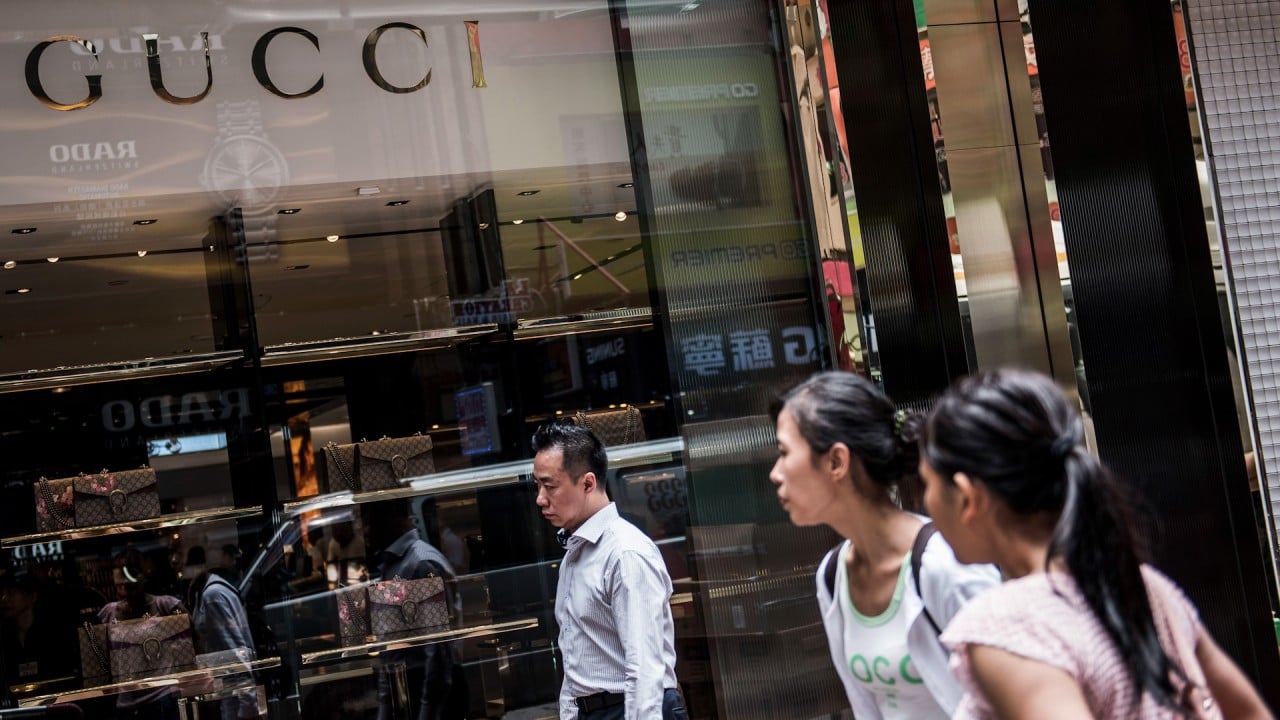
China’s future depends on it getting its microeconomics right
- Macroeconomic stimulus provides only a temporary boost and amplifies economic shortcomings
- China is no longer a bubbly market full of speculators paying stupid money for overpriced products. Businesses must change to prosper
Domestic tourism remains strong this year and could grow by a further 30 per cent. It suggests a fundamental shift in consumer behaviour, which includes a crashing desire for property speculation and luxury goods such as bags and watches.
Chinese consumer behaviour is maturing, becoming more like in developed economies, even as China’s infrastructural development makes erstwhile remote locations easily accessible. Domestic tourism can be a significant growth driver for China in the next few years.
Chinese international tourism, however, isn’t recovering as strongly and for good reason. For continent-sized countries like the US and China, the domestic tourism market is massive. Tourists poured out of China over the past two decades but they have had their fix. Now, they are better able to make favourable comparisons of domestic holidays against trips abroad, especially in offering value for their money.
Chinese consumers are generally in good financial shape. The turn away from pursuing property for speculation can only mean a huge improvement in household cashflows. Since 2021, households’ savings deposits have risen by 40.2 trillion yuan (US$5.5 trillion) while debt rose by a much slower 9.4 trillion yuan. In the preceding decade of 2011-2021, the rise in household debt was nearly 85 per cent of the rise in deposits.
Many economists see households deleveraging as bad for the economy. But when people stop financial speculation and start tidying up their balance sheets, it is a good thing. A healthier balance sheet will support more sustainable consumption growth. The boom in domestic tourism shows that, when the product is right and for a reasonable price, demand will come.
The change in Chinese household spending behaviour is an opportunity for businesses that can come up with the right products. China is no longer a bubbly market full of speculators willing to pay stupid money for overpriced products. Businesses need to change to prosper, and this will mean a healthier economy in the long run.
China’s economic prospects are brighter than they appear
China’s economic future depends on upgrading at the microeconomic level. Its labour force isn’t expanding. Its infrastructure and cities have been built. It doesn’t need to pursue growth for the sake of it. Economic expansion is good only when it meets the higher expectations of the next generation in both consumption value and job quality.
Andy Xie is an independent economist



